2025 VW ID.7 GTX | UK Review
The ID.7 has already proven itself as a comfy, efficient cruiser - how about as a sports saloon?

Excepting the Buzz as the funky outlier of the family with some helpful heritage to lean into, the 7 is probably the best of VW’s current ID electric crop. The Cupra Born is a better ID.3, and there are a good few SUVs that appeal more than either ID.4 or 5 for one reason or another. But the big fastback, complete with acres of space, decent efficiency and impeccable cruising ability, isn’t without appeal in the battery-powered saloon segment. It even feels reasonably well-built, too. Sure, the Volkswagen won’t outdrive a BMW i4 or go like a Model 3, but the ID.7’s mellow side isn’t unlikeable. Most importantly, it feels like a VW - dependable, easygoing, assured - in a way that some of the other IDs don’t. Plus there’s a big estate version that doesn’t pretend to be anything other than the big estate version. Keeping it simple is quite welcome in what can be a confusing (and increasingly cluttered) EV space.
Unsurprisingly, then, the new GTX doesn’t stray far from what’s become the norm for both the flagship VW EVs and the ID.7 generally. 340hp from a dual motor configuration, AWD similar to the 3 GTX (here with an 86kWh battery), with the chassis and the exterior vying for which is most modestly overhauled. The interior gets some new seats and red stitching, then progressive steering and the DCC dampers are standard. A Passat R36 was a very subtle large VW flagship; the GTX spec almost reads like a reluctant, apologetic performance derivative.
In the metal, it’s decent enough, the ID.7 probably making best use of the ID design cues (again expecting the Buzz); if lacking a bit of identity from the front, the rear makes up for it with a sizeable, illuminated VW badge. That even optional 21s don’t look that big gives some idea of the 7’s scale. Far from being an electric Passat-style car, it’s almost five metres long. So new badges and bumpers don't really bring any edge to the design. Arguably even the GTX looks like too much body on top of its underpinnings; you’d almost sacrifice some of the cavernous interior space for a less bloated aesthetic. The seats perhaps hug a little tighter inside, and the red stitching is nice enough - otherwise, it’s very familiar.


While cars shouldn’t be judged by on-paper stats, in the GTX's case, they do give a fairly good indicator of what it’s like to drive. Something that looks like an ever-so-slightly improved ID.7 turns out to be an ever-so-slightly improved ID.7. In most respects, at least, which we’ll return to. But suffice it to say that anyone expecting a drastically different driving experience will be disappointed, and we’re some way from VW offering either a great EV driver’s car or something that channels a bit of the ID.X Performance aura.
A little extra power (340 instead of 286) as well as all-wheel drive help shoot the GTX away from traffic lights with a little more vim - shaving a second off the 0-62mph time - though with the same torque (401lb ft) as a single motor car but another 156kg to carry there doesn’t feel a huge difference in performance most of the time. Which feels a bit cheeky for £10k more than a standard ID.7 Match. Especially when there is still very little excitement to the process. VW isn't known for zany, silly performance cars, of course, and has famously made some very good but quite subdued flagships; ultimately, though, the goalposts have moved, because the entire EV experience is so effortless by its nature. An approach that might once have been restrained and discreet now risks being entirely forgettable.
Far better, we’ll say it again, to have features that can be disabled but might bring some joy to the drive - adjustable regen, dash animations, a soundtrack, augmented gearchanges - than just go without. As in the equivalent 3, the ‘B’ mode for regen never quite feels strong enough after an initial jolt into life. And after that, there’s little about the GTX to immerse yourself in.

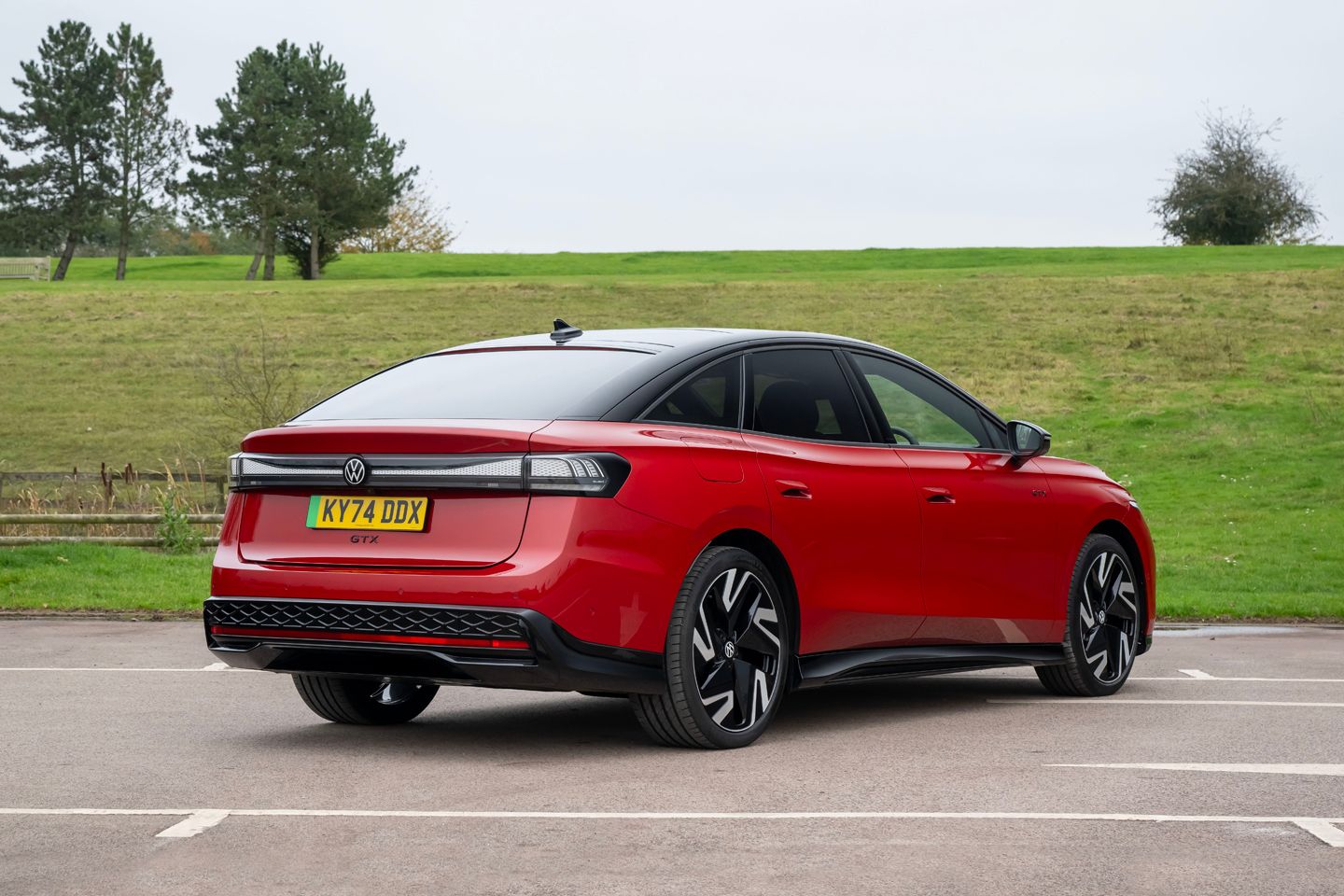
This a shame when you consider that there’s some real promise in the ID.7 chassis, which could have been why VW hinted at the 558hp concept of it. Everything about the setup is favourable, after all: long wheelbase, weight kept low, multi-link rear axle, adaptive dampers and so on. The GTX drives more adeptly than something that looks like this and weighs as much probably should, even by EV standards. The mass is well marshalled, the ride easygoing, the front end accurate enough and the power split favouring the rear motor (the front AKA150 is only 109hp strong, anyway). Even with everything kept on a tight leash, there’s an appreciable feeling of balance to the GTX, and just a tad more willingness than a standard car. Hardly night and day, however, despite the inevitable claim of ‘more driving pleasure’.
This has been the problem with the GTX brand - the cars are simply not improved enough over standard to justify the additional outlay. That problem is compounded in the ID.7 because the introduction of a second motor (with the small advantages that it brings) has a big impact on efficiency. VW points out that the front asynchronous motor ‘hardly consumes any energy’ when on standby, and can be called on ‘in fractions of second’, and the drive mostly backs that up, with strong traction and no sense, of course, of much rear-wheel drive silliness.
But there’s no avoiding those pesky stats: a regular ID.7 was notable for officially scoring almost five miles per kilowatt hour; this one is rated at less than four. So it means that a GTX with an 86kWh battery won’t go as far as a rear-drive car with the 77kWh lump (365 against 381). Take the burliest battery with rear-drive and you’re up to 436 miles, which feels a lot handier than being a second faster to 62. Obviously, you wouldn't expect the performance derivative to outperform the rest of the range in terms of efficiency, but the GTX seems to sacrifice a lot for what it has actually gained in terms of driving appeal (i.e. not much). Bearing its price very much in mind, the introduction of a dual-motor flagship simply doesn’t offer enough - in terms of design, performance or excitement - to warrant buying one over a regular ID.7. That remains likeable as a capacious, comfortable cruiser. The GTX simply proves that, for now, the 7 isn’t any more than that.
SPECIFICATION | 2025 VOLKSWAGEN ID 7 GTX
Engine: Dual electric motors (rear permanent magnet synchronous, front asynchronous), 86kWh (net) battery
Gearbox: Single-speed reduction, all-wheel drive
Power (hp): 340
Torque (lb ft): 401
0-62mph: 5.4 seconds
Top speed: 112mph (limited)
Weight: 2,328kg (including 75kg driver)
Range: 365 miles WLTP (3.8mi/kWh claimed)
Max charge speed: 200kW DC
Price: £61,980 (price as standard; price as tested £64,940 comprising 3-pin mains charge cable for £190, Swivelling towbar with 13-pin electrics for £1,050, Exterior Pack Plus with electronic darkening pano roof for £1,100, 21-inch Mataro wheels for £620)

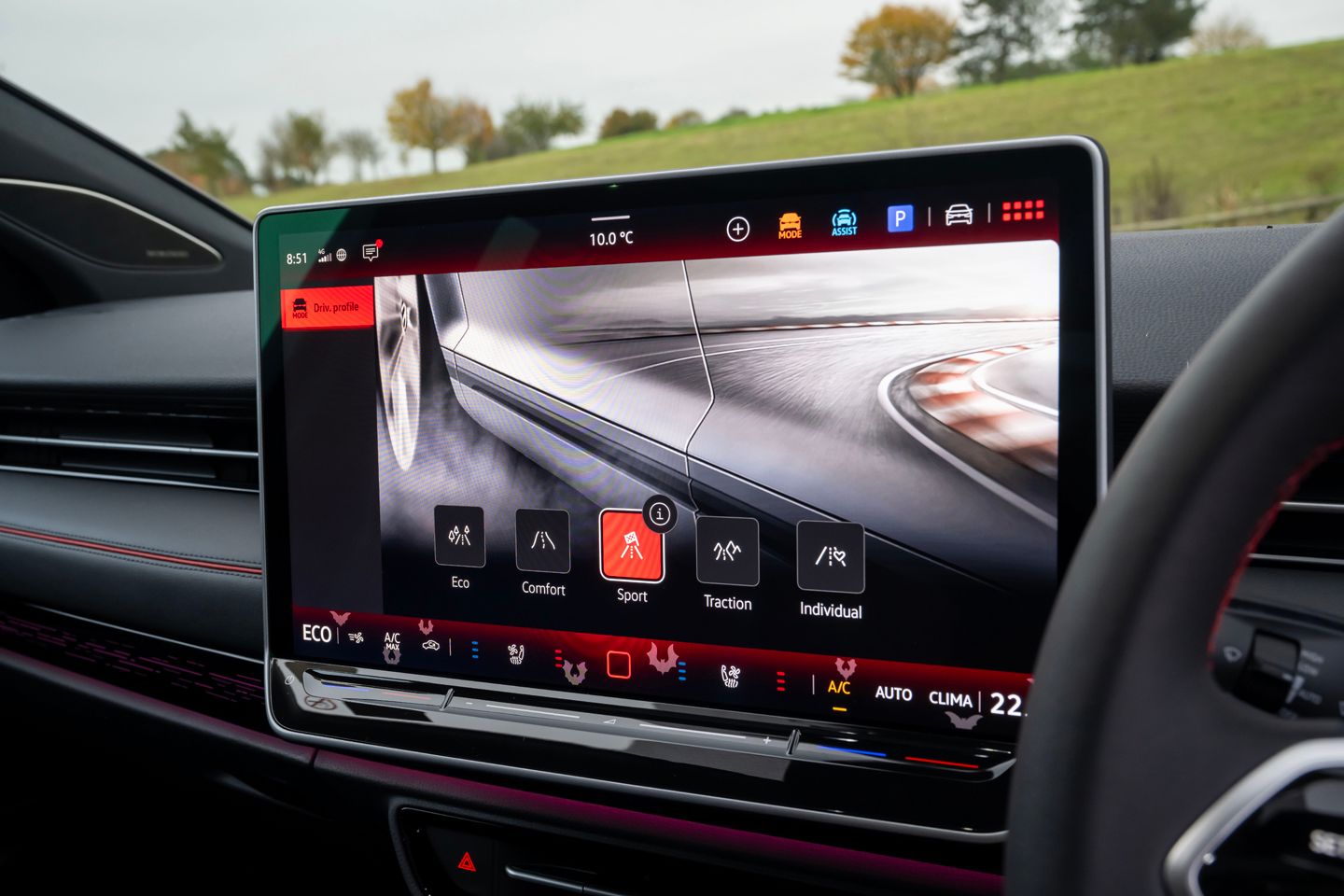
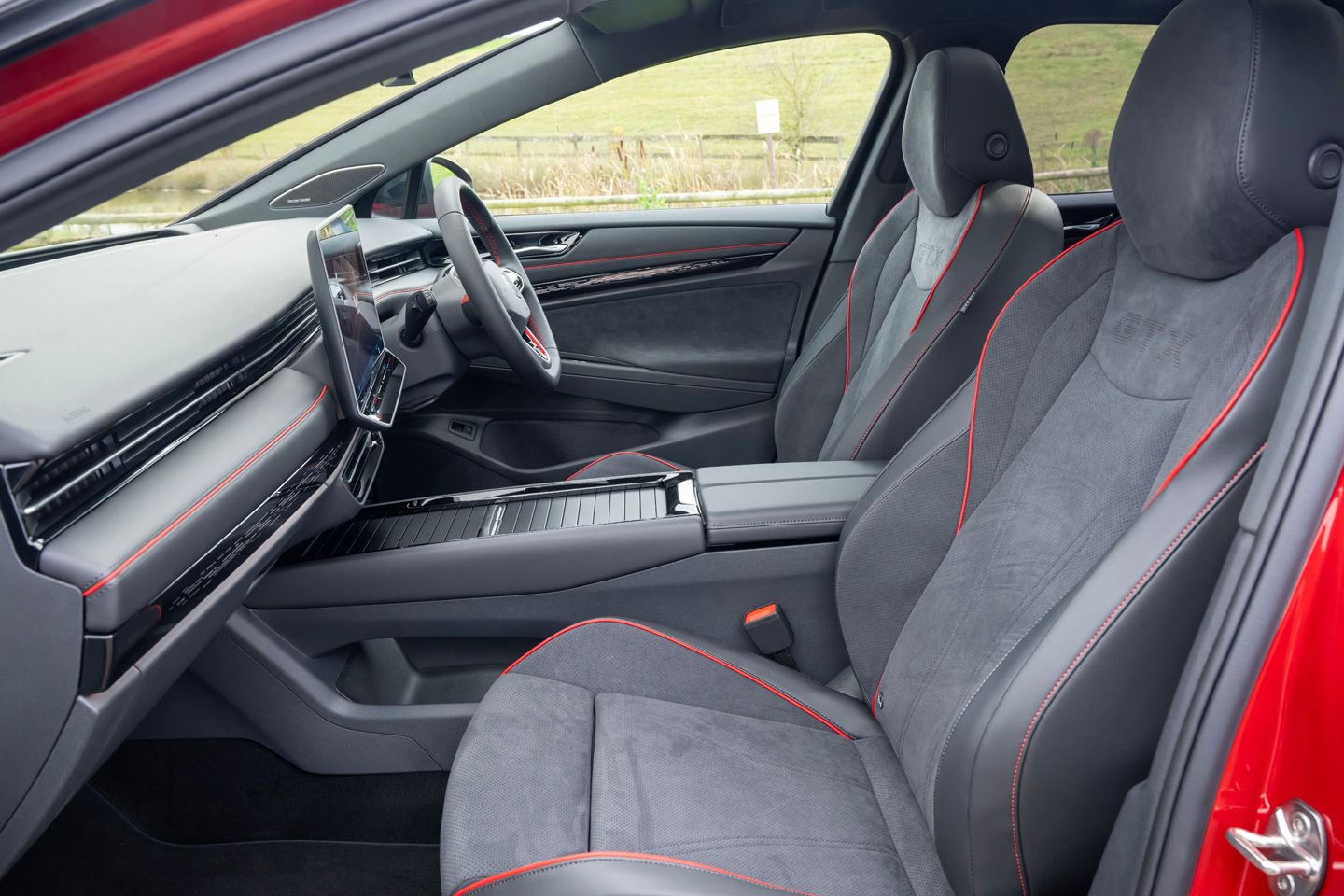
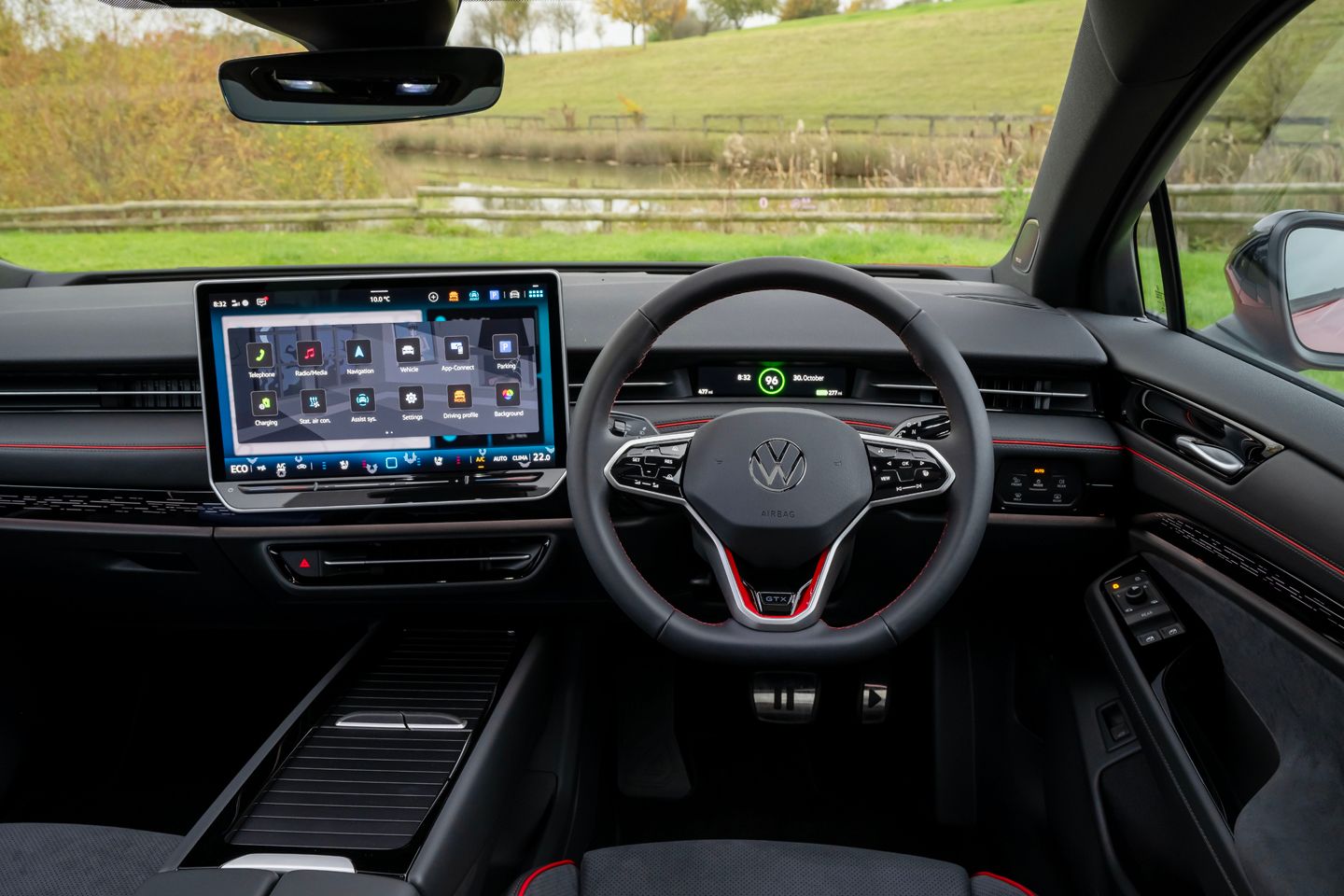
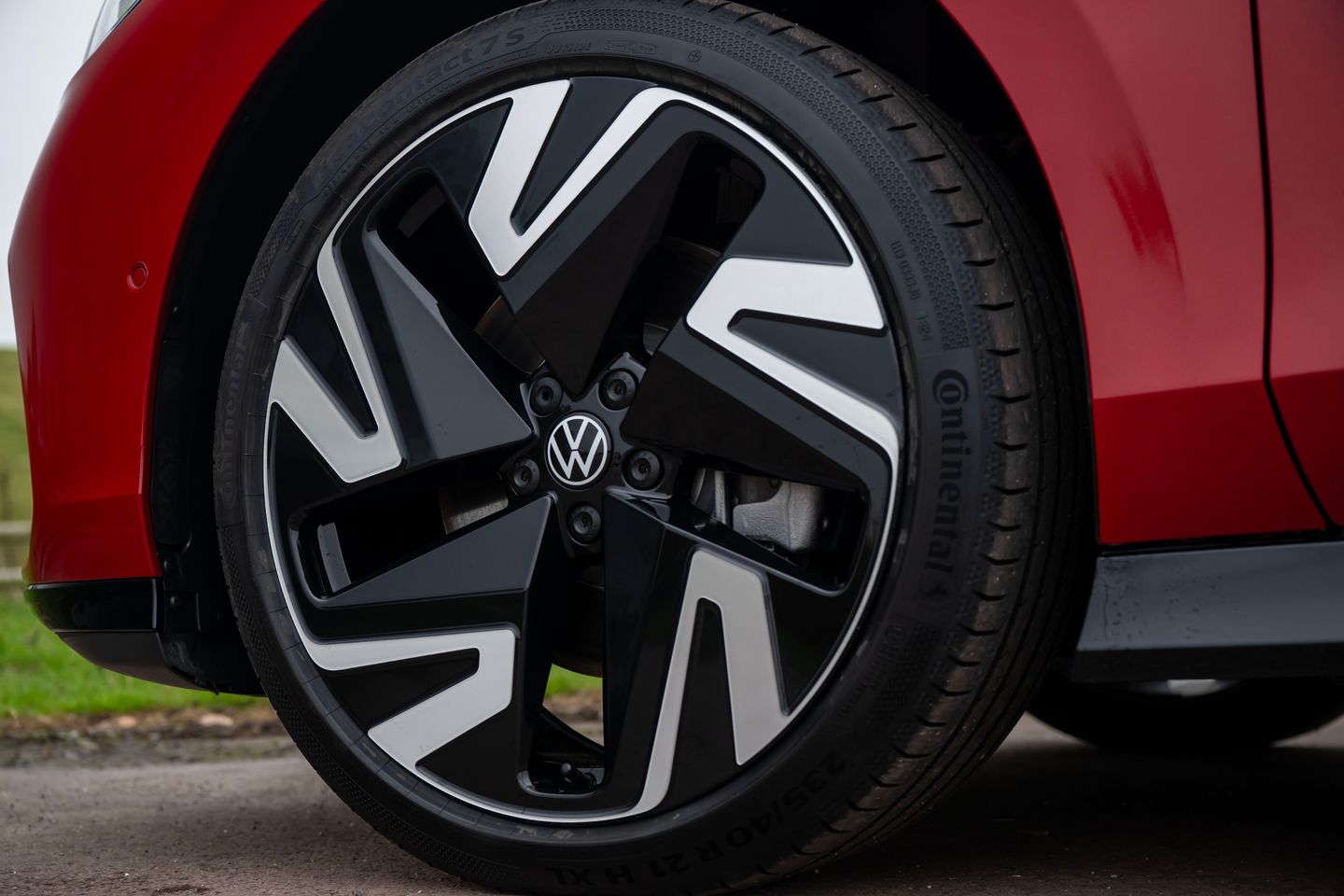
While not flawless and still overly big and heavy, Hyundai shows a path to "family sized and still fun" with its Ioniq 5N. VW haven't cracked it yet and they know it: there's a reason they're holding back the GTi badge.
It's best they stop pretending to make fun cars for now and focus on fleet vehicles that bring in profits. While I'm sure they'll get there in a decade or so, VW had better get its lineup and commercial viability in order, or there might not be a VW car in existence for them to attach a GTi badge to.
Mediocre performance and range coupled with super bland dynamics, really help solidify the obvious effort that’s gone into making this car stand out. It does boggle the mind how VW are in the mess they’re in - and that’s without seeing the price.

And VW wonder why they are having to close factories in Germany.
It kind of reminds me of the K70, it’s just a dud. And at £65k, it’s just a no.
If you absolutely had to have an EV, other than possibly some extra space why would you not just get a Tesla 3 for £50k?
While not flawless and still overly big and heavy, Hyundai shows a path to "family sized and still fun" with its Ioniq 5N. VW haven't cracked it yet and they know it: there's a reason they're holding back the GTi badge.
It's best they stop pretending to make fun cars for now and focus on fleet vehicles that bring in profits. While I'm sure they'll get there in a decade or so, VW had better get its lineup and commercial viability in order, or there might not be a VW car in existence for them to attach a GTi badge to.
VW know that this isn't good enough - hence the GTX branding. I'd rather drive any Passat than this, and £65k is a ridiculous price to pay for such an underwhelming product.
Gassing Station | General Gassing | Top of Page | What's New | My Stuff



